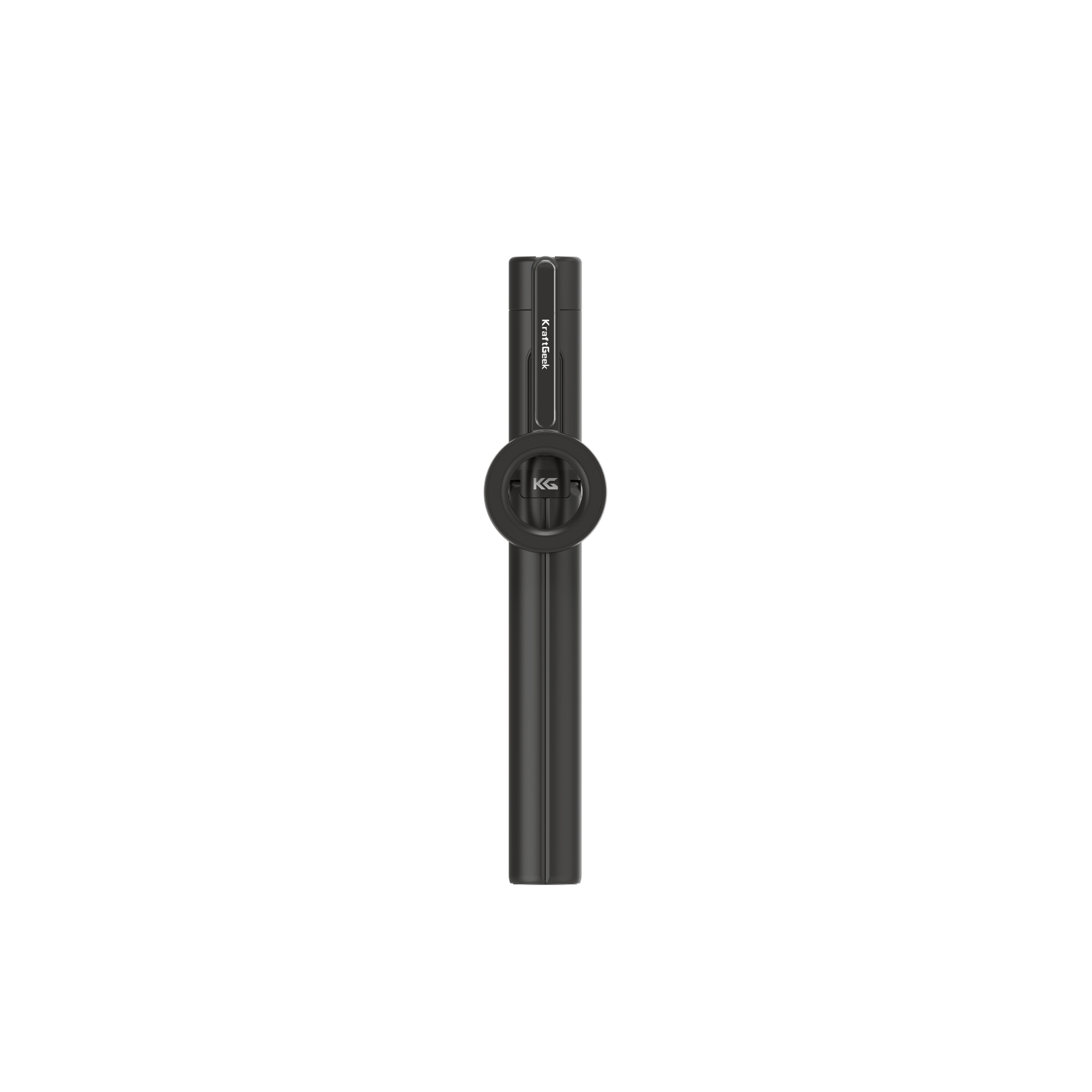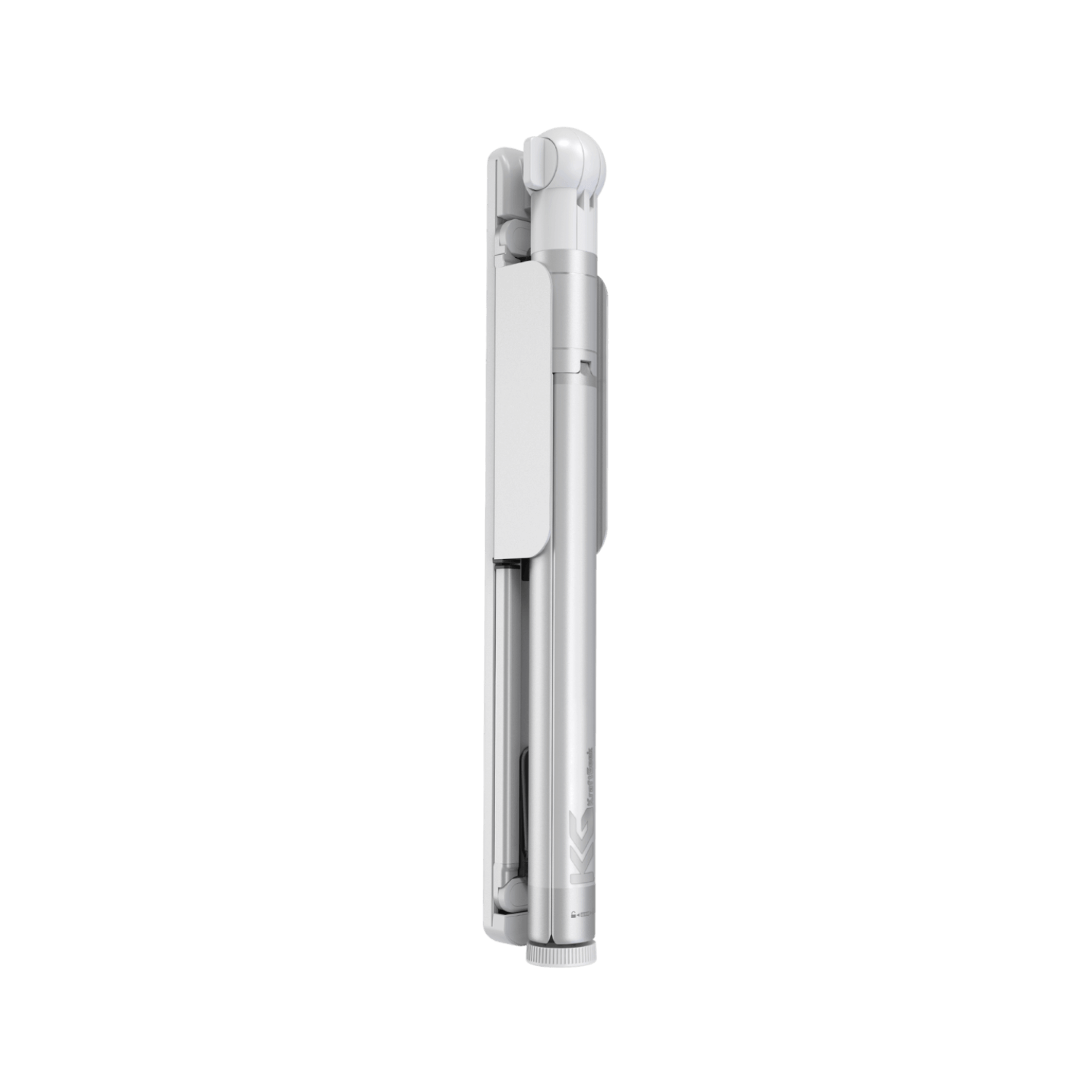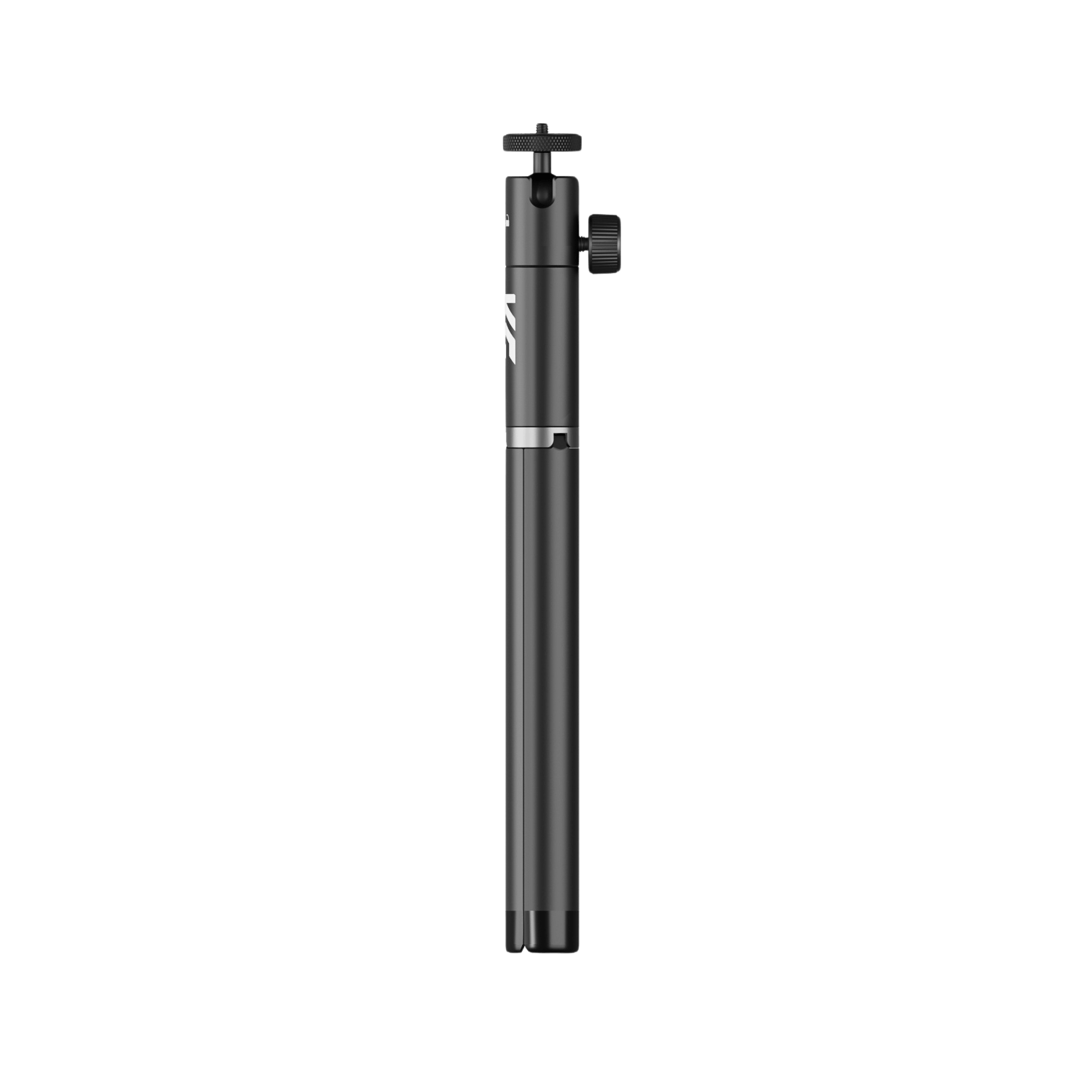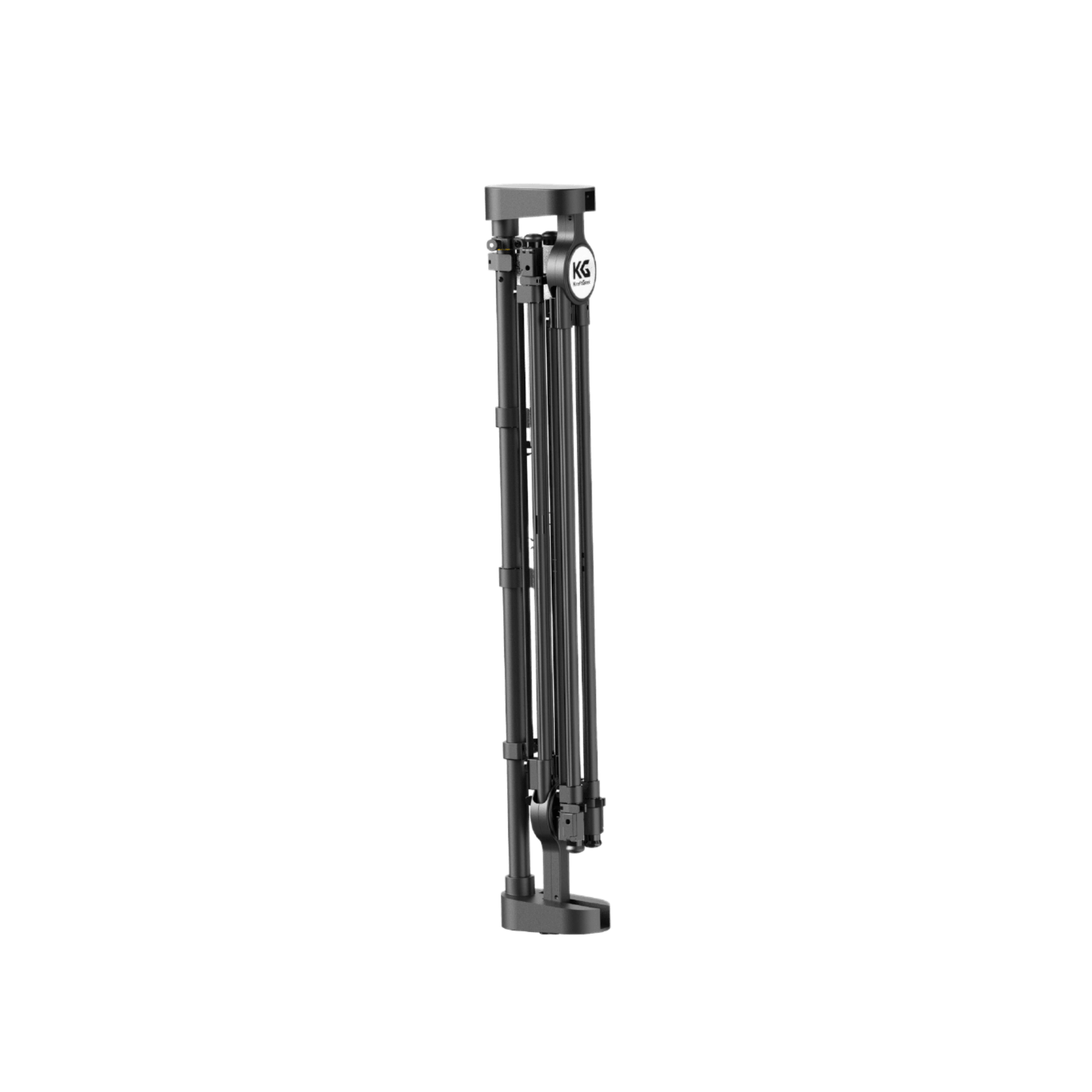Guitars, like all musical instruments, require regular maintenance to keep them in top playing condition. Whether you’re a beginner or a seasoned player, understanding common guitar problems and their solutions is essential. This guide will walk you through the most frequent issues guitarists face and provide practical tips on how to address them.
1. String Replacement
One of the most frequent maintenance tasks for any guitarist is replacing old or broken strings. Strings can lose their tone quality and break due to wear and tear. Regularly changing your strings ensures a bright, vibrant sound and prevents damage to the guitar’s neck and body due to uneven tension.
How to Replace Guitar Strings
- Carefully unwind and remove each string from the tuning pegs and bridge.
- While the strings are off, take the opportunity to clean the fretboard with a soft cloth.
- Thread each new string through the bridge and wind it onto the corresponding tuning peg. Make sure to leave some slack before winding to ensure proper tension.
- Tune the strings to the correct pitch and gently stretch them to help them settle.
2. Bridge and Saddle Issues
The bridge and saddle of a guitar can become unglued or wear down over time, affecting the action and intonation. A loose or worn bridge can lead to buzzing, poor intonation, and overall diminished sound quality.
If the bridge has come unglued, use wood glue to reattach it securely. If the saddle is worn, replace it with a new one. Ensure the new saddle is properly fitted to maintain correct action and intonation.
RELATED: The Ultimate Guide To Buying A Guitar Amplifier
3. Finish and Cosmetic Damage
Scratches, dents, and finish issues can affect the guitar’s appearance and resale value. While these don't affect the sound, they can be unsightly. Use a guitar polish and a soft cloth to buff out minor scratches.
For more significant damage, consider taking your guitar to a professional for refinishing. This can restore the guitar’s appearance and protect the wood from further damage.
4. Fret Wear
Frets are the metal strips on the guitar’s neck that divide it into semitone intervals. Over time, constant playing can lead to fret wear, which appears as grooves or flat spots on the frets. This wear can affect the intonation and playability of the guitar.
If you notice significant fret wear, it's best to take your guitar to a professional for refretting. This process involves removing the worn frets and installing new ones, restoring the neck to its original condition.
5. Cracks and Structural Damage
Acoustic guitars, particularly those made of wood, are susceptible to cracks and other structural damage due to changes in humidity and temperature. Small cracks can often be repaired, but larger ones might require more extensive repairs.
Keep your guitar in a humidity-controlled environment (45-55% humidity) to prevent wood from drying out or absorbing too much moisture. Regularly inspect your guitar for any signs of cracks or structural issues. Addressing small problems early can prevent them from becoming larger, more costly repairs.
RELATED: A Comprehensive Guide To Choosing The Perfect Guitar Strap
6. Neck Adjustment
The neck of an acoustic guitar can bend or warp due to string tension, humidity, or temperature changes. A warped neck can lead to action issues (the distance between the strings and the fretboard), making the guitar harder to play.
How to Adjust the Neck
- Sight down the neck from the headstock to the body to see if it bows inward or outward.
- Most guitars have a truss rod that can be adjusted to correct neck bowing. Turn the truss rod nut clockwise to reduce relief (inward bow) or counterclockwise to increase relief (outward bow).
- After adjustment, check the action and playability. Fine-tune as needed until the neck is properly aligned.
7. Tuning Machine Problems
Tuning machines, or tuners, can become loose or faulty, leading to difficulty in tuning or maintaining the tuning of the guitar. This can be particularly frustrating during a performance.
Check and tighten any loose screws on the tuning machines. If a tuner is beyond repair, replace it with a new one. Make sure the new tuners fit properly and align with the existing holes on the headstock.
RELATED: How to Tune a Guitar Properly (Works For UKE & Bass, Too!)
8. No Signal from the Guitar
When your guitar doesn’t produce any sound through an amplifier, it can be due to several reasons, from dead batteries to bad cables. Ensure all cables are properly connected and in good condition. Re-seat and replace cables as needed.
If your guitar has an onboard preamp, check the batteries and replace them if necessary. If there’s still no signal, check the pickups and internal wiring. Faulty electronics may need professional repair.
9. Flaky Signal
Intermittent sound or a flaky signal often points to hardware issues, such as bad cables or a faulty pickup.
How to Fix Flaky Signals
- Unplug and re-plug all cables to ensure proper connections.
- Swap out cables one at a time to identify and replace any faulty ones.
- Inspect the internal wiring for loose connections or shorts, and repair as needed.
10. Bad Source Sound
If your guitar sounds off even after tuning, the issue might be with the strings, pickups, or the guitar’s setup. Old strings can sound dull and lifeless. Replace them to restore brightness and clarity.
If your guitar has an onboard EQ, adjust the settings to enhance the tone. If you’re unsure, consult a more experienced guitarist or a professional. Ensure your guitar is properly set up with correct action, intonation, and neck relief.
RELATED: How To Use Your Guitar As A MIDI Controller
Product Recommendations
Conclusion
Maintaining your guitar is essential for preserving its sound quality and extending its lifespan. By understanding and addressing common guitar issues, you can ensure your instrument stays in top condition, ready for any performance.








